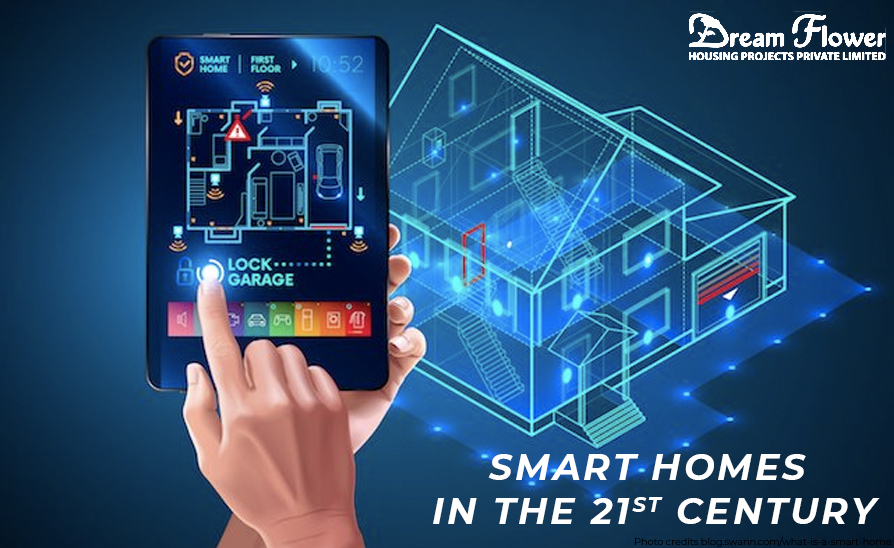Over the last ten years, smart home technology has become ever more collaborated into our day-to-day affairs. However, the most influential year was the 1990s. It was the year that gave birth to the World Wide Web, the connecting technology that carried the internet into the world. With the budget-friendly costs, smart home appliances and gadgets became a practicable method for customers and householders. Smart homes primarily suggest an area of living where the systems and gadgets are concerned with luxury, amenity, safety, and entertainment.
The effect of the Internet of Ears
When it is concerned with the usage of smart devices inside and around the home, the Internet of Ears leads a significant role. It is the base on which the concept of smart home system dwells and at the same time is also the traverse links that handle each part of the smart homes linked to one another and the house owners.
Furthering voice control system
The latest phase of smart homes has caused the utilization of all our devices to our smartphones. A further step to this will be advancing the voice control system inside and around the house. The voice control technique excludes the present demand of connecting with your devices via text-mode device inputs. The voice-controlled air conditioners are a great way to save energy without sacrificing cooling. Your room’s temperature can be controlled by a smart AC from anywhere using just your fingertips.
Remote controlled windows and curtains
People are increasingly focusing on home automation, which has led to implementation of remote control windows and a significant shift in their design and mechanism. Remote controlled windows and curtains promises ease of functionality and increases home’s energy efficiency in two ways, insulation and light control.
Supportive personal devices
These devices can watch your core functions, involving heart pulse level and core body temperature. Others can monitor you during exercise to watch and monitor body activities and calorie measurements. For people related to health issues, smart appliances and devices, straightly linked to implants, can watch oxygen or glucose level to improve treatment.
Sleep monitors and smart mattresses
Smart beds aspire to support you gain a healthful night’s rest. Such beds would provide personal mattress flexibility that could watch and respond to pressure levels and physical temperature. They could watch your breath level, pulse rate, and restfulness.
Smart toilets
Smart toilets could be able to detect diseases by collecting human waste samples on a routine basis. They could assist and support people having a degenerative illness like diabetes by managing their physical conditions.
Mental health
Technologies at their new level could be able to support people who are caused by emotional stresses. Applications that utilize artificial intelligence could sense attitude and tone of voice, emotions in the face, way of speaking, and biometrics to support persons with their self-consciousness. These technologies could help and provide support at a greater level for people having autism by mentoring them to interact with their surroundings.
Smart Lightening
The advantage of smart lighting is that it reacts instantly to your movements and general habits. Smart lights change their brightness depending on how much lighting is needed at the time. They are different from regular ones since they adapt to the room environment.

